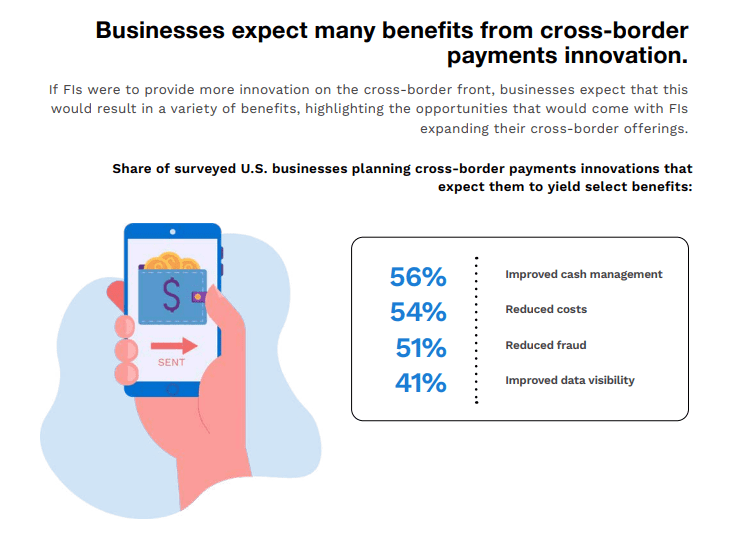SMBs Turn to Cross-Border Payments Tech to Tame FX Uncertainty

Technology, and the great digital shift, have made it easier for firms of all sizes, across all verticals, to tap new markets.
Globally.
But as B2B transforms and suppliers and buyers connect in new time zones and pay one another in a range of currencies, the stark reality of soaring interest rates means that technology also needs to fill another need: helping companies, especially smaller ones, grapple with rapidly changing foreign exchange rates.
The urgency is there, especially for companies where payment volume is swelling. In many cases, there still is reliance on manual processes, data entry, and spreadsheets — in short, the human touch — to tackle the daily ebbs and flows of foreign exchange.
Manual Processes Leave Room for Error
But in doing so, of course, there’s room for error or delay. Central banks are leap-frogging one another to raise interest rates and stanch the impact of soaring inflation. Many banks are following the U.S. Federal Reserve’s lead, and the Fed shows no signs of slowing its approach, where super-sized 75-point rate increases have been the norm. As the U.S. dollar keeps surging, too, many currencies (the British pound is but one stark example) are plunging.
For enterprises seeking a way to boost margins, reducing manual tasks and automating FX management and cross-border payments needs a second (and, in some cases, maybe a third) look.
In a recent interview with Karen Webster, Cat Moore, head of EMEA payments solutions for J.P. Morgan Chase Commercial Banking, remarked that corporate clients want visibility into their “full payments picture” and to discover how they can optimize payables and receivables. Without real-time insight into cash positions, treasurers and other financial professionals don’t have the ability to make the right investment decisions to minimize the volatility of foreign exchange (FX) rates.
PYMNTS’ data has found there’s ample opportunity for financial institutions (FIs) to serve their enterprise clients in this endeavor, where the greenfield opportunity is significant, but the execution leaves room for improvement. As reported in the most recent edition of “B2B Cross-Border Payments,” a PYMNTS and American Express collaboration, nearly two-thirds of FI executives have said that their cross-border payment solutions are effective in addressing the X-border pain points faced by SMBs, which leaves 37% stating that those solutions are less than effective.
But FIs — and their smaller clients — are embracing the high tech needed to improve those operations. Application Programming Interfaces (APIs) can help streamline and automate the communications that must flow across borders between corporate back-ends and with FIs, reducing friction-filled manual activities. Interoperability and standardization can help companies more effectively see and mitigate the impact of rapidly shifting rates. PYMNTS has found that 56% of overall U.S. businesses view enhanced cash management capabilities as a benefit of cross-border payment solutions.
There’s a growing awareness on the part of small businesses as to the benefits that technology brings when it comes to boosting margins. As the chart below shows, a majority of companies expect better cash management and reduced costs to be key benefits to cross-border innovations.

